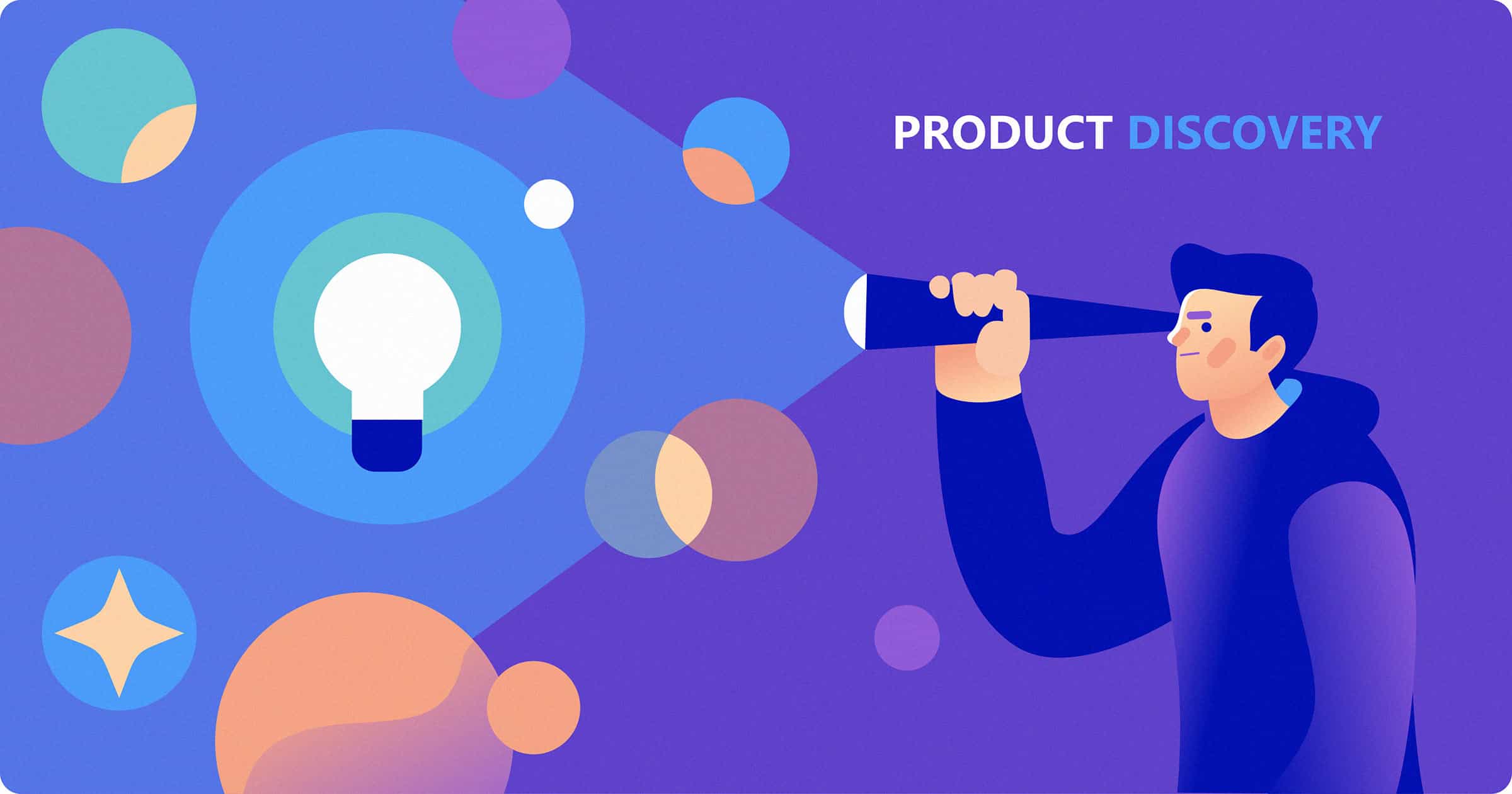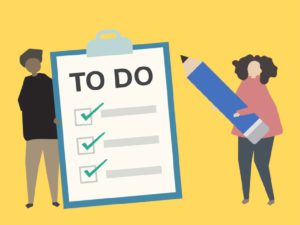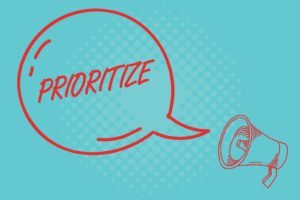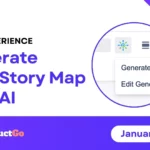One of the most advantageous strategies within the Agile framework is Product Discovery. Product Discovery allows both management and teams to understand customers with an unprecedented richness and prioritize customer needs. In fact, without Product Discovery, teams can often experience many difficulties and issues during development due to underestimated, neglected, or missed customer targets. Fortunately, with the help of Agile Product Discovery, teams can often get back on track quicker than anticipated. Whether you have just come up with a brilliant product idea, or are much further down the road with product development and desiring to regroup and reassess objectives, it is important to understand Product Discovery and its methodological phases.
What is Product Discovery?
Product Discovery is a process that helps clarify product features and overall objectives that align with customer needs and desires. It is an incredibly helpful process that product managers and product owners can take advantage of when formulating story mapping, user stories, epics, product roadmaps, or project backlogs. In particular, by focusing on the customer during the early stages of development, you can ensure that your product in the later stages of development and your final product is the right product for the target customer. In other words, the target customer will benefit from the product in the planned ways.
What are the Phases of Agile Product Discovery?
As a management, a team member, or a key stakeholder in a project, you may be curious about the phases of Product Discovery within Agile. Although the way you approach Product Discovery may alter slightly from project to project there are five key phases in most product development: understanding Product Discovery and Product Discovery within Agile, identifying the problems and narrowing them down, brainstorming and prioritizing, and creating and testing. Learn more about each phase below!
Understanding Product Discovery
Technically, this may not be a definitive phase of Product Discovery but it is a crucial step in the process. If you don’t understand how Product Discovery works or how it works within Agile, you may not find it helpful or it may lead to further problems with product development and management. It is key that Product Managers and Product Owners know that Product Discovery may change the direction of your project drastically. There are teams that perform Product Discovery and realize their products have no legs since they cannot meet customer needs to meet customer desires in a substantial way. Likewise, there are teams that enter into Product Discovery and come out with a whole different product. The advantage of both of these scenarios is that you save your business money, time, and resources on a product that would not work on the real market.
Additionally, it is significant that management roles and teams understand that while Product Discovery is most significant in the early stages of development, it is an ongoing necessity throughout product development. In this way, teams will continuously be able to focus on the customer and management will be able to prioritize tasks in proper ways. Each stage of product development may bring about new insights or new ideas, and when placed within the Product Discovery framework, it will become apparent which ideas should come to fruition.
The major advantage of performing Product Discovery within Agile is that teams will be able to work fluidly and collaboratively with ease. Teams can create multiple boards, using different template styles or creating and arranging information as they see fit. In this way, they can move strategically through creating customer personas, formulating user story maps, to creating roadmaps. Moreover, when teams are able to share ideas with each other easily, it becomes smooth and seamless to target exactly who the customer is and exactly what they need. It also allows different expertise to weigh in on whether product features are feasible with regard to financing, development, and marketing, amongst other things.
Identifying the Problems
As highlighted earlier, Product Discovery is focused on finding your target customer and discovering their needs. Naturally, the first official step of Product Discovery within Agile is to do just that. It is important to begin by discussing the challenges customers within your specific business sector may be facing. Of course, in order to carry this task out with a high degree of accuracy, it is beneficial to perform in-depth research. You can take advantage of user personas in this stage to clearly identify your target customers and their profiles. In this way, you will always have a board filled with relevant information to refer back to when you are in later stages such as when you are creating user stories. Moreover, you use a wealth of features to identify key points in your research: for instance, you may use text, images, and videos.
Once you have identified the key problems of customers, now you can choose a select few of those problems that your product may focus on. It is difficult for management, mainly, to stay focused on problems this long without trying to solve the problems. However, it is crucial to do so, as this will ultimately lead to a successful product. You can also perform more research in this phase, potentially in a more selective way such as through focus groups and surveys.
Brainstorming and Prioritizing
In this phase of Agile Product Discovery, you can begin to start solving the significant problems you have identified. The selected problems should bring out an overall objective for the project which should be focused on at all times during the rest of the project. You can brainstorm with Management and the Development Team, as it is likely that the Development Team has expertise in areas that Product Owners and Product Managers do not. After this, Management can prioritize solutions in line with the overall objective. In this stage, you may begin to design and create User Story Maps and Roadmaps.
Creating and Testing
After you have developed effective User Story Maps and Roadmaps, you can effectively create and prioritize Product Backlogs for your Development Team. The goal in this stage is to create a Minimum Value Product (MVP) to test it and receive consumer feedback upon a true prototype. In this manner, you will be able to collect and gather significant information informing you if your product is viable. From this point, you can reassess minor details throughout your Personas, Story Mapping, User Stories, and Roadmaps or you can start back at the drawing board with problems and solutions.
Summary
After learning about the Product Discovery phases, it should be clear that Product Discovery is a relatively easy way to find out if your product has real value to customers. Within Agile, especially within effective programs such as Agile User Story Map & Product Roadmap for Jira, the process becomes more efficient and collaborative than ever before. It also allows you to easily maneuver between different phases from one board to another or integrated/connected boards. Moreover, if your team needs to reassess any phase, you can readily add, remove, or move items from one board to another. With User Story Map & Product Roadmap, you can give your team and your product the foundation it needs to be successful. Give it a try today for free and watch how it transforms the direction of your product!













